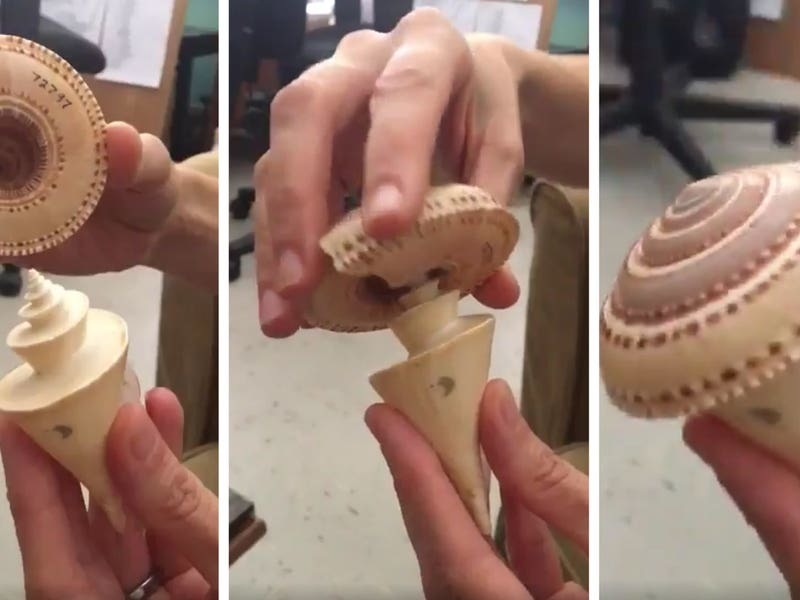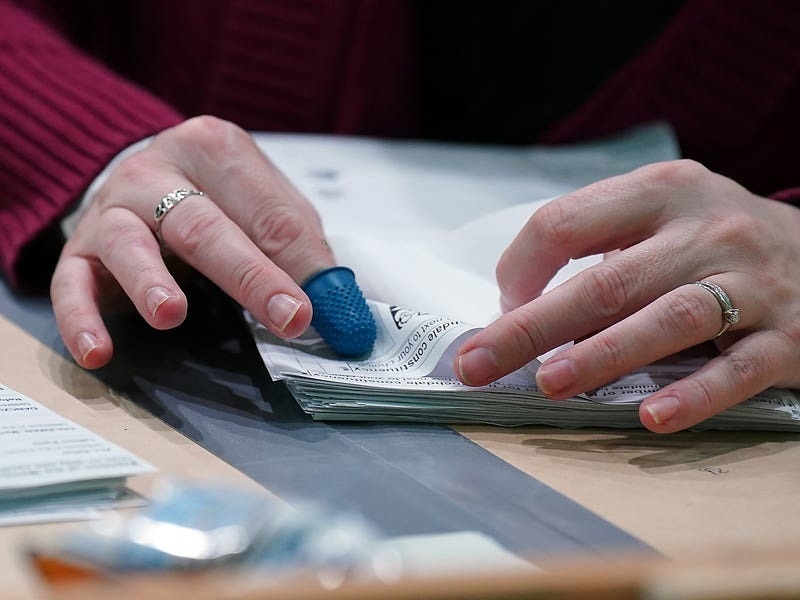How do two snails that live in different oceans have coils that are identically inverted?
As part of their #AskACurator Day, the National History Museum in Los Angeles posted a video showing their Malacology curator Dr Jann Vendetti “screwing” together two differently-shaped shells that fit snugly.
Show us a math trick. “These two snails live in different oceans, but their shell coils are identically inverted. So… #AskACurator ? pic.twitter.com/d6d6c4qUXv
— NHMLA (@NHMLA) September 13, 2017
The internet was intrigued.
Can’t stop looking at that. How strangely fascinating.
— victoria road (@victoria_road) September 14, 2017
— CAOI (@caiothemario) September 13, 2017
WOW! How lovely is this.
— Lily D’Penha (@LilyDPenha) September 14, 2017
The answer, it appears, lies in one of nature’s mathematical tricks.
Vendetti revealed the reason why the tall Japanese wonder shell (Thatcheria mirabilis) and the flat sundial shell (Architectonica perspectiva) fit together is because their coils follow a rule of mathematics known as Raup’s parameters.
“Shell shape and coiling follows rules known as Raup’s parameters, which describe the overlap of shell whorls, expansion rate of a shell whorl and how long or squat the shell spire is,” she said.
The universe follows certain rules of math, and this includes biological organisms. Spirals are found all throughout nature.
— NHMLA (@NHMLA) September 13, 2017
“These parameters explain the resulting shell shapes, and can be written as mathematical formulas.”
But why did these shapes evolve to have inverted shell coils?
Vendetti says they are an example of nature’s evolved solution to the “biomechanical problem of how to fit an animal’s body into a coiled space”.
“One could think of these shapes and the animals that evolve them as testing the rules of math and genetics over thousands upon thousands of generations and millions of years,” she said.

“That the Japanese wonder shell and the sundial shell ‘fit’ each other is a coincidence of size and evolution.
“They both are coiling following the same basic ‘parameters of coiling’ with one that makes a spire (or coil) in positive space – ie, the high-spired Japanese wonder shell – and another making a similarly-sized coil in negative space – ie, sundial shell. Thus they fit together.”
Mind blown.







